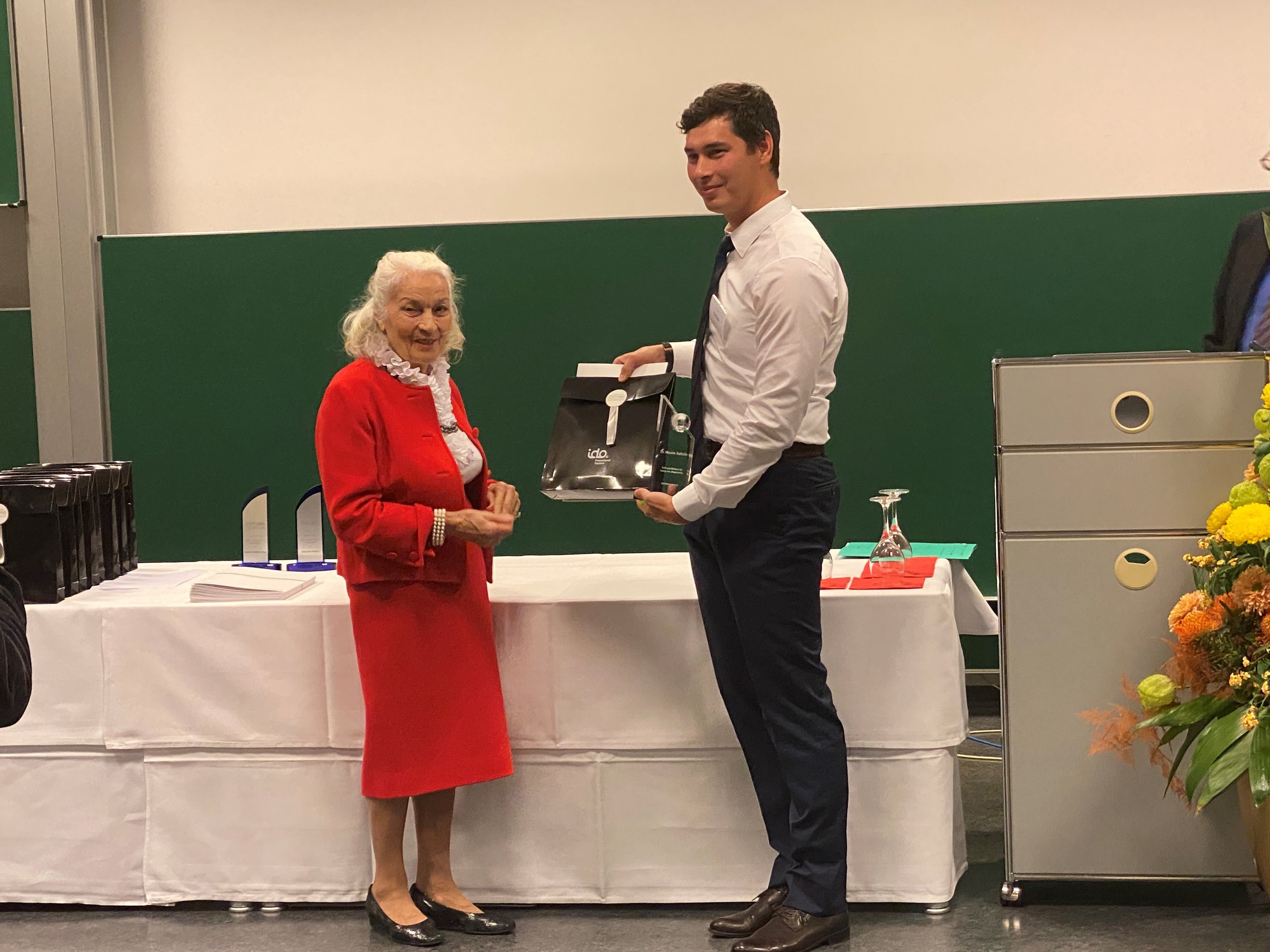M-Branch
The M-Branch consists of three experimental beamlines located at GSI UNILAC. The beamlines are continuously maintained, operated and upgraded by the GSI Materials Research Department. Some of the setups at M-branch are developed and operated together with collaborators from German Universities such as those from the universities of Darmstadt, Duisburg-Essen, and Giessen, who are participating in the BMBF ErUM program.
M1 Beamline – Scanning electron microscope and ToF-SIMS/SNMS
The M1 beamline is equipped with a high-resolution scanning electron microscope (HRSEM), which enables direct imaging of surface modification induced by the ion beam. The sample can be rotated in-situ, switching from the ion beam into the electron beam of the microscope. This setup allows for in-situ investigation of morphological changes in nanostructures during swift heavy ion irradiation. In addition, the beamline is equipped with an energy-dispersive X-ray (EDX) spectrometer for compositional analysis, and a set of micromanipulators that enable both electric and mechanical characterization of samples.
Furthermore, a dedicated ultra-high vacuum chamber at M1 is used for GeV Time-of-Flight Secondary Ion/Neutral Mass Spectrometry (ToF-SIMS/SNMS). This technique is powerful for analyzing desorbed and sputtered species from a sample surface under swift heavy ion irradiation.
M2 Beamline – X-ray diffraction
The M2 beamline is equipped with an on-line X-ray diffractometer, which allows ion irradiations and X-ray diffraction analysis at any angle of incidence. This setup is ideal for investigating ion-induced modifications of the crystallographic structure of a wide range of materials.
M3 Beamline – In-situ spectroscopy and oven chamber
The M3 beamline features a multi-purpose chamber with several key components: a closed-cycle He-cryostat, a residual gas analyser, and a gas inlet system. This chamber enables the investigation of outgassing from materials under irradiation, with tightly controlled temperature, gas atmosphere and irradiation conditions.
Various spectroscopic methods are available to analyze material modifications during irradiation, including degradation of insulators and chemical evolution of molecular ices and complex molecules, which are particularly relevant to astrochemistry. These methods include:
In-situ infrared and UV/vis optical transmission spectroscopy of thin samples (~100 μm), spatially resolved in-situ Raman spectroscopy, and on-line ionoluminescence spectroscopy.
Additionally, the M3 beamline is equipped with an on-line Laser Doppler Vibrometer (LDV) to track the evolution of mechanical properties of thin samples under irradiation with pulsed beams.
A second chamber at M3 is dedicated to high temperature investigations (up to 1000 K). The thermal evolution of samples can be monitored using a high-speed thermal camera.






